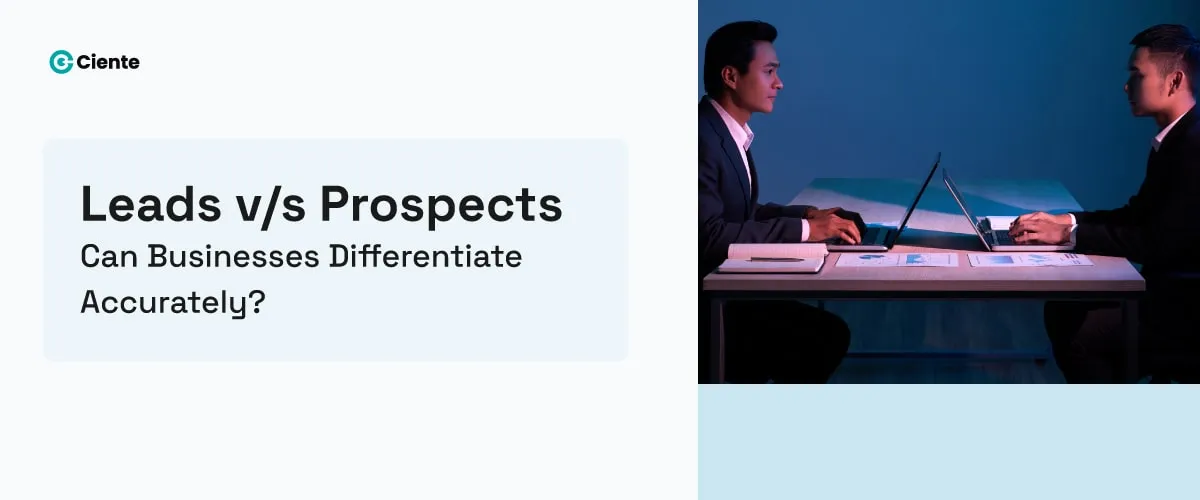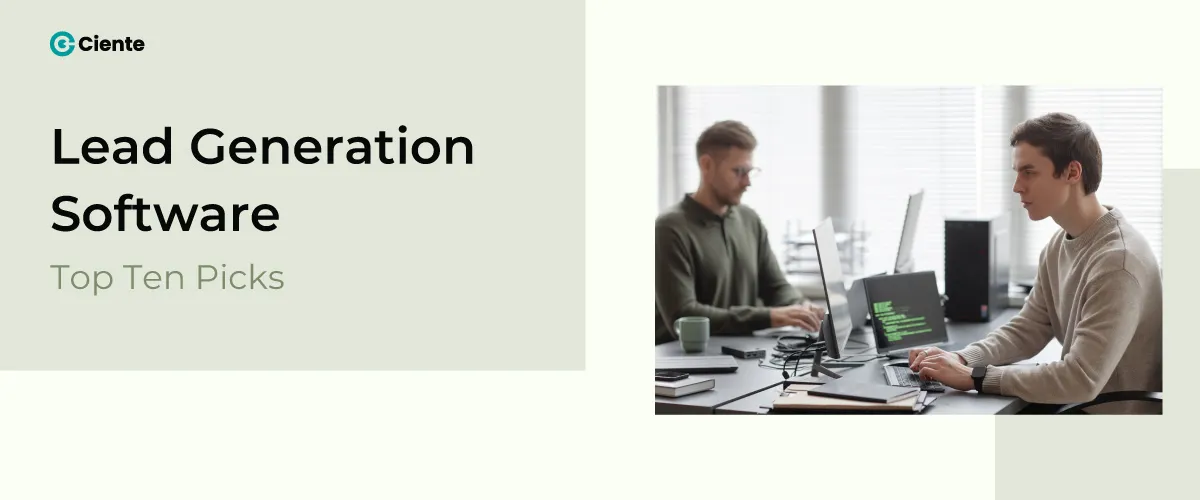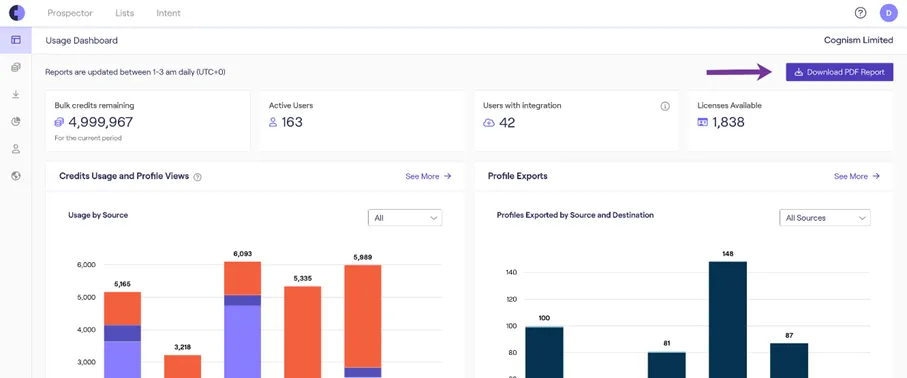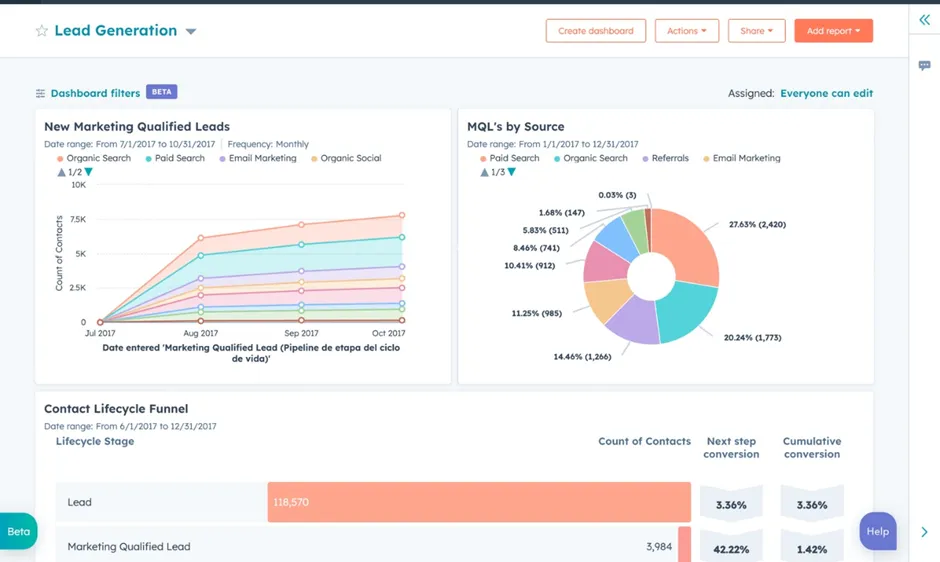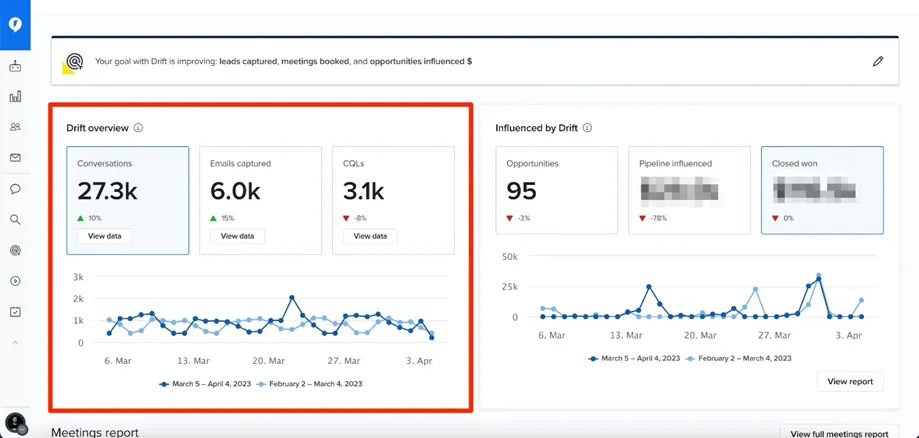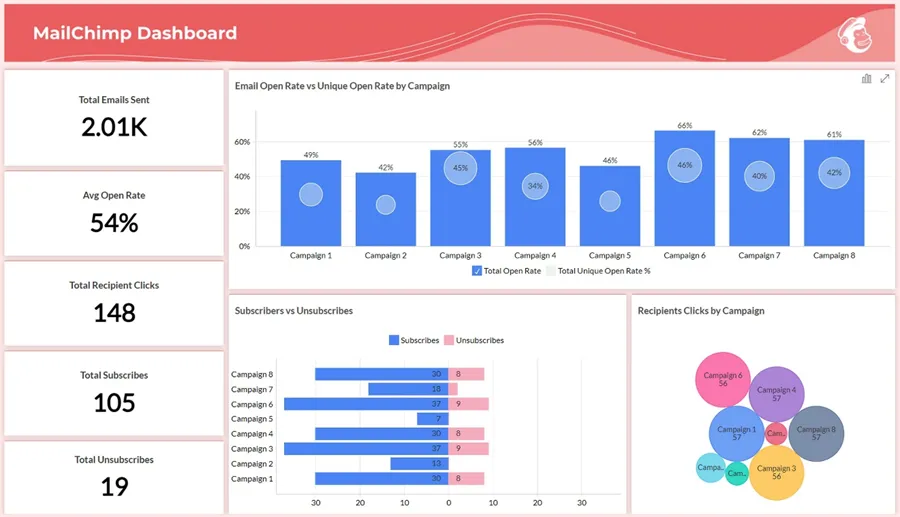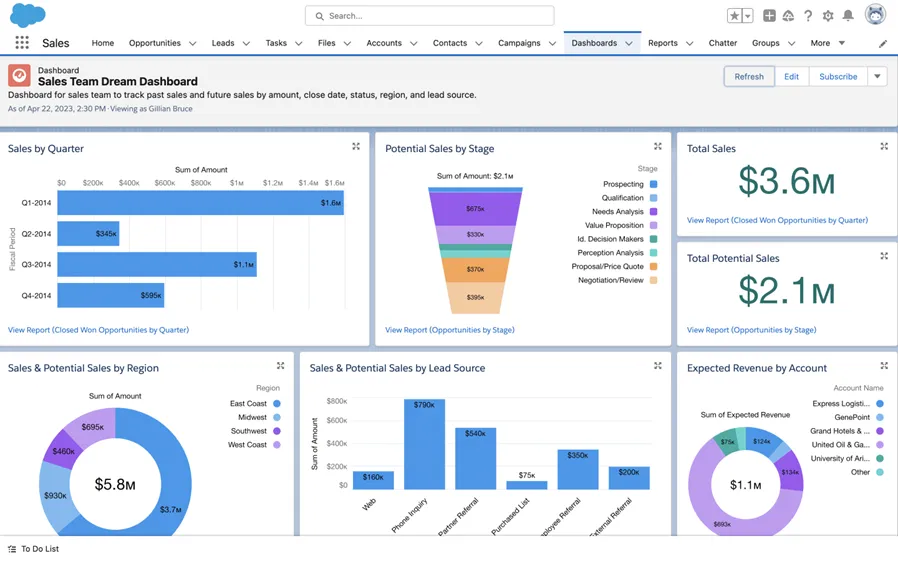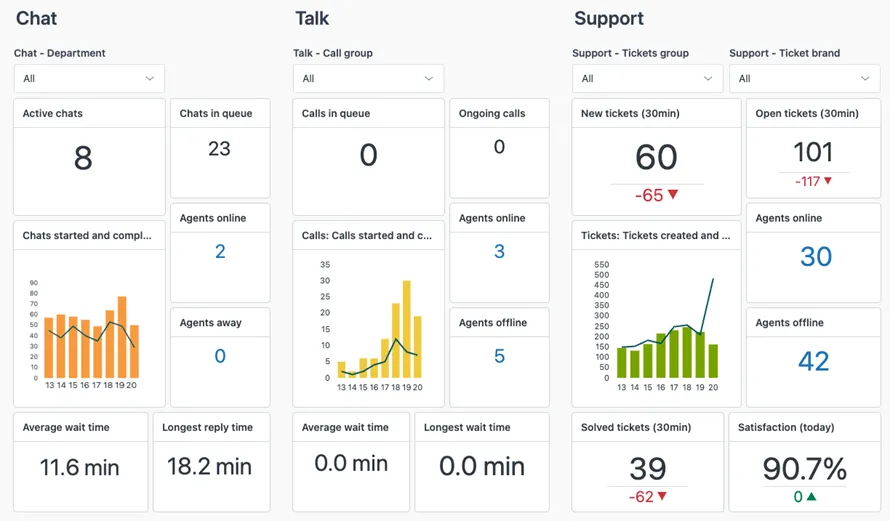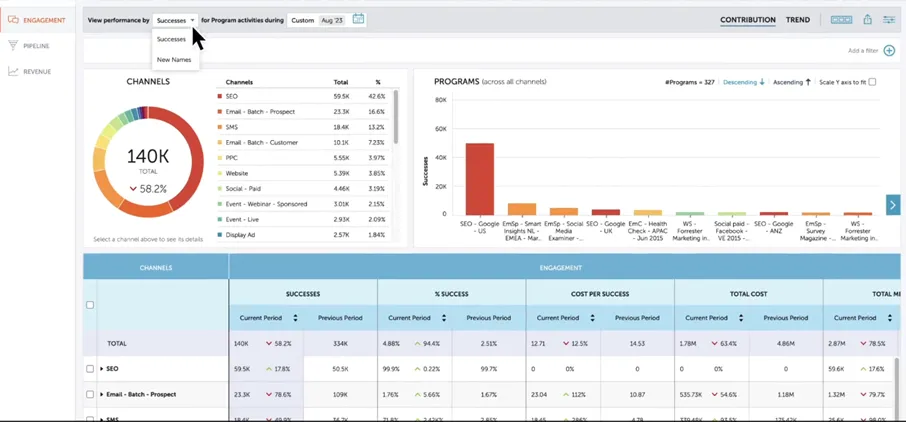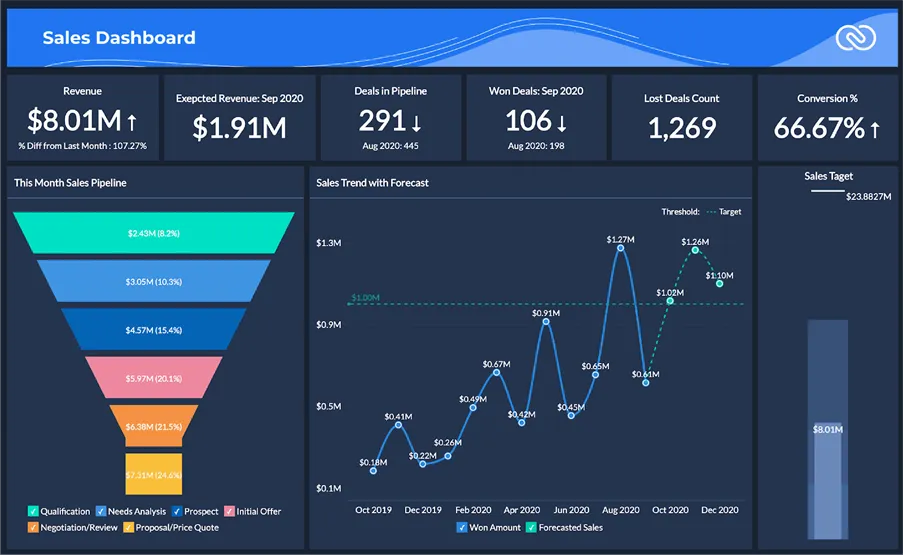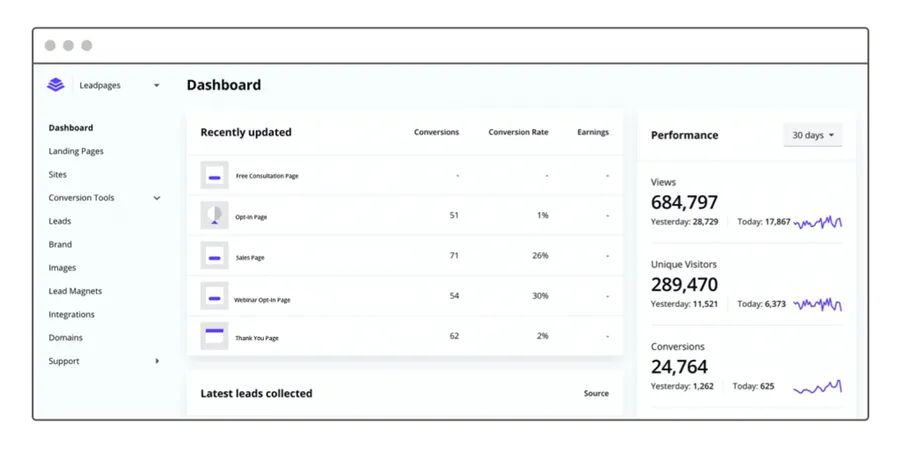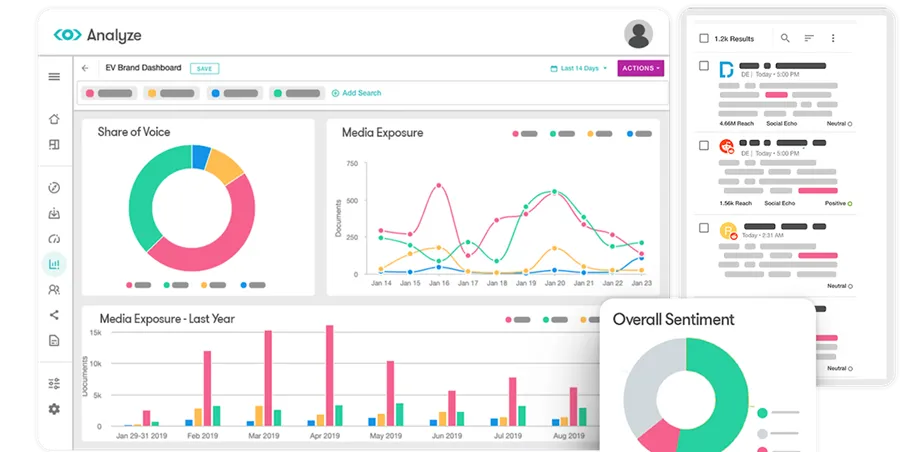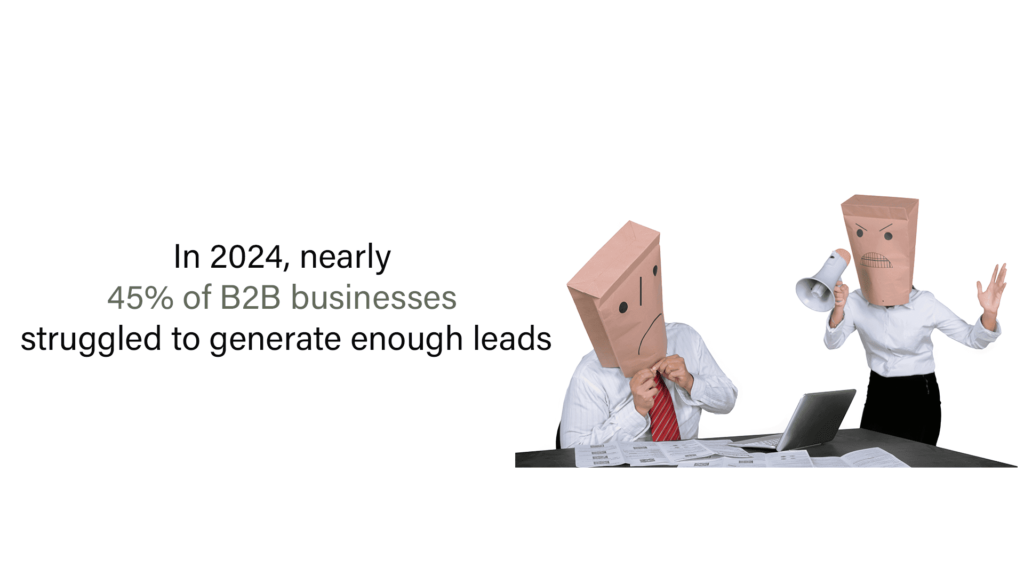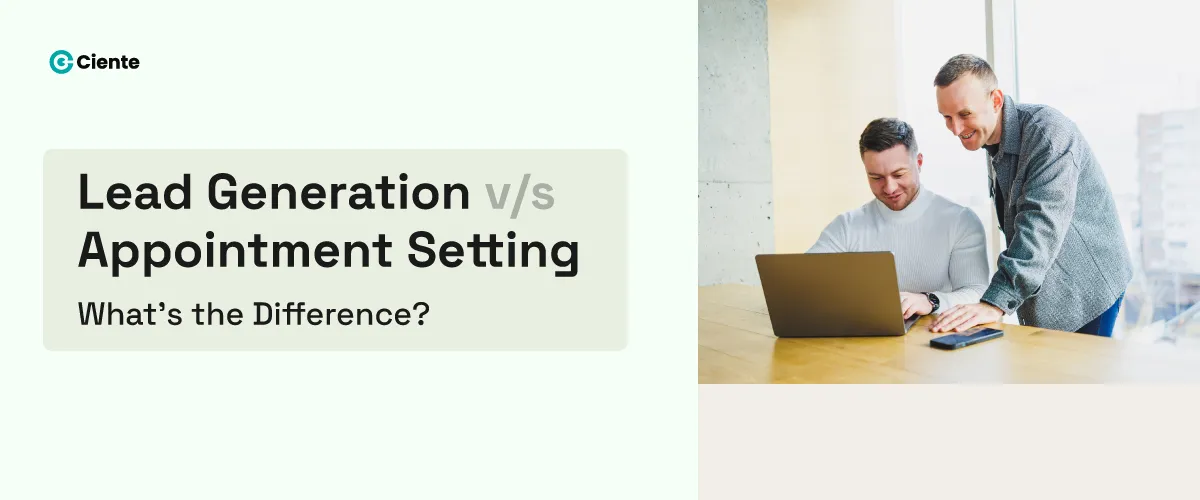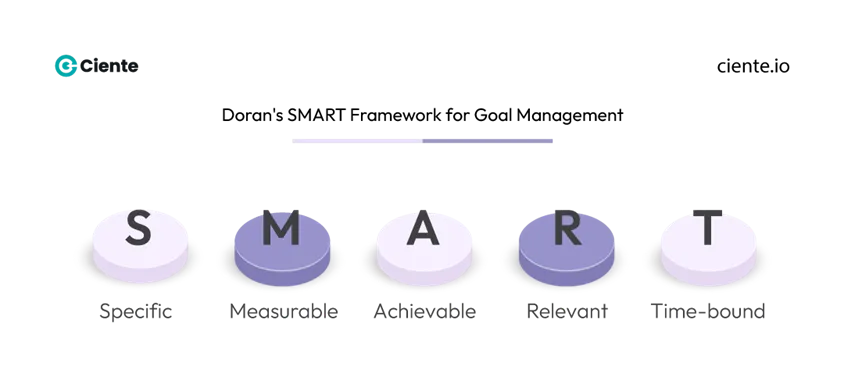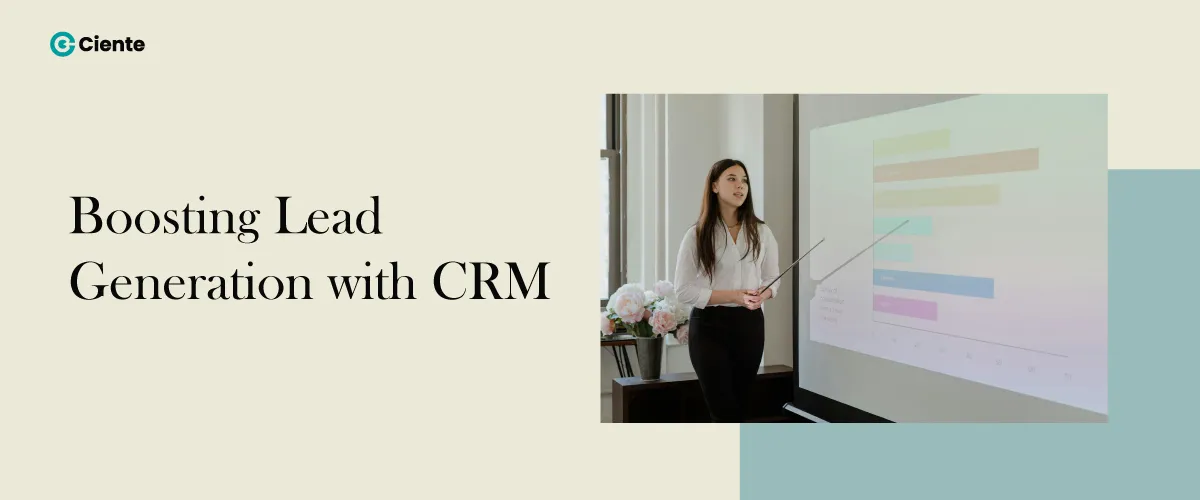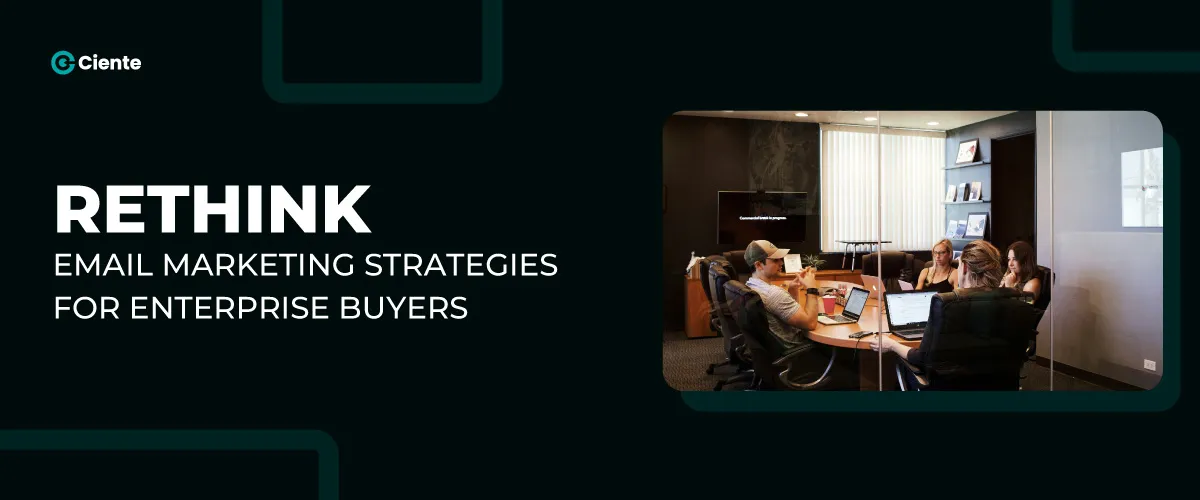Leads v/s Prospects: Can Businesses Differentiate Accurately?
Marketers and SDRs use leads and prospects interchangeably despite their distinct roles in a sales funnel. Find out how they differ.
Defining “prospects” and “leads” is often seen as an unnecessary step and many marketing and sales teams use these terms interchangeably, assuming there are no differences between them.
This common but minuscule mistake could have significant repercussions for businesses, relying on lead generation to drive sales. If your company’s marketing messages and sales teams sound inexperienced with the basics, your potential buyers may not take you seriously.
The simple reasoning here is that modern buyers are self-directed and know their industry inside out. To close them, your teams will require nuance.
Agreeing on what these terms denote will improve the marketing-to-sales hand-off and speed up the sales cycle. However, understanding the distinctness of each term is not about learning marketing or sales jargon.
It’s rather about observing the nuances held within the different processes and how to use them to your advantage.
Benefits of understanding the differences between prospects and leads
SDRs play a significant role in streamlining sales processes through lead prioritization and identification. What if their misconstrued understanding of a lead affects their approaches?
It could affect the sales pipeline.
Thus, it’s all about segmenting potential client organizations and individuals based on their interests and qualifications. Differentiating between prospects and leads can further assist sales teams in:
Prioritizing their efforts on those most likely to convert.
B2B sales is a lengthy process. And sales reps spend a crucial part of their time negotiating and conversing with prospective buyers. Too often, they assume the role of customer support.
This is a mere distraction from their actual roles. Hence, they should focus their resources and time on the most promising opportunities.
Additionally, by identifying leads and prospects, sales can conduct qualification processes according to the BANT framework. It helps them further narrow down their lists of potential clients.
Outlining an informed forecasting for the sales pipeline:
Sales forecasting is a vital ingredient in mapping a business’s revenue and growth. An accurate prediction outlines a realistic growth projection and aids in decision-making. It impacts marketing strategies, sales goals, financial planning, staffing requirements, etc.
According to HubSpot, sloppy or inaccurate sales forecasts can create huge blunders. Specific sales organizations have had to lay off a chunk of their employees while some filed for bankruptcy.
Meanwhile, a strategic vision and information used for forecasting actually entail certain benefits – from assisting in investment planning and highlighting possible issues to boosting motivation across the team.
And the right differentiation between leads and prospects can improve this entire process. Through thorough monitoring and tracking of where individuals are in the pipeline and how they progress, predicting possible revenue growth could be smooth.
Tailoring communications with potential clients:
How can marketing and sales understand how to approach prospects and leads when they don’t know the purpose they serve? Why were they differentiated into two different categories in the first place?
Thus, recognizing different stages of the buyer’s journey where the prospective client is will help unearth the answers. This helps understand their needs and expectations and personalize communications effectively.
Consistent outreach and messaging are crucial to nurturing potential buyers. It keeps them in the loop while also keeping them engaged. Hence, mapping their preferences thoroughly to elevate the relevancy and effectiveness of the marketing messages should be no objection.
Enhancing the customer experience overall:
A B2B sales process can be cumbersome for reps and clients alike. And the final few payment processes offer no reprieve, easily dissuading potential clients.
In an age of digitized word-of-mouth marketing, it’s easy for a business’s reputation to take a hit. It all boils down to the customer experiences while progressing the sales pipeline. Navigating this through personalized and curated buyer-specific experiences can be a logical first step.
This will not only develop positive client relationships but also imbibe trust and loyalty, leading to a good market reputation.
However, there is a huge concern here.
This is only possible by carefully articulating the differences between a lead and a prospect.
But before we jump onto the differentiating factors of a lead and prospect, isn’t it reasonable to understand where they stand individually?
We encounter “leads” at the very beginning of the sales funnel.
A lead is an individual or organization interested in your business products/services. This might not always indicate a full-blown interest in making a purchase.
But that doesn’t mean they couldn’t be a potential buyer.
There are specific intent levels which categorize leads into different types:
- Cold – Little to no purchase intent. Cold leads are mostly just researching or browsing through your brand’s website. But they haven’t illustrated any further intent, i.e., sought out more information or contact details.
- Warm – Leads who demonstrate a need for your solutions or take a stronger interest. These leads belong somewhere in the middle. They don’t necessarily wish to purchase on the fly but could be persuaded.
- Hot – These hold the highest level of intent. The hot leads are most engaged. They continuously ask for discounts and pricing details to finalize their purchasing decisions.
Remember, even at the top, the leads are at different parts of their buying journeys. No leads are ever equal. Cold and warm leads might require more persistent nurturing than hot ones.
Why is this so?
Lead quality is affected by a myriad of distinguishing factors – from organization size and industry type to financial capabilities.
But how does a brand know who is who?
These leads are commonly generated through comprehensive and personalized marketing and advertising efforts. They either click on a banner ad, engage with a social media post, download a whitepaper, subscribe to email marketing, or fill out a form. Thus, marketing entails a lot of information regarding leads, which might be an integral component in segmenting them.
Segmentation is necessary for lead prioritization, i.e., filtering out high-quality (hot) leads who perfectly fit the ICP. It’s the most effective way of aligning marketing and sales and boosting conversion rates. To further convert them into customers, ensure they progress down the funnel.
Lead nurturing has been a tried and tested process to boost the probability.
Lead nurturing includes surveys, events, referrals, ads, and personalized inbound marketing strategies.
Furthermore, modern marketers today rely on quality before quantity. This is effective because high-quality leads have more chances of conversion and do so without many hiccups. Meanwhile, having lots of quality leads also contributes significantly to the pipeline.
When the pipeline is brimming with moderately qualified leads, there are chances that at least some of them will convert, if not all. Hence, cold and warm leads shouldn’t be sidelined in pursuit of hot leads because they also entail immense conversion potential.
What happens when the leads are qualified?
When leads finally become qualified to be potential customers, they are now deemed prospects. Leads are those who have merely shown interest – there’s no commitment, whereas prospects are singled out as ones who are the right fit for the business.
Prospects are one step ahead in the funnel. They have interacted more deeply with the brand and have a high likelihood of conversion. It’s not just this. After careful segmentation and thorough processing, the sales team believes these fit the BANT framework accurately.
This lead qualification process helps highlight how well the lead suits the brand’s offerings.
Generally, the BANT framework is the underlying metric that helps businesses convert leads into prospects – budget, authority, need, and time (urgency). The marketing team might formulate a questionnaire to gauge whether the leads fit the criteria based on the answers.
Are they suitable for what we are offering? The answer should be a positive nod for leads to be labeled as prospects.
Additionally, there are other identification processes that help further, such as the lead scoring system. This includes assigning scores to leads based on the collected information – firmographics, demographics, behavior, browsing data, etc.
The ones with the highest final score are then considered prospects.
Once the leads convert into prospects, lead nurturing continues to be paramount. It works crucially well in building relationships and connecting with prospects. A brand’s nurturing efforts in engaging its potential customers should equal or transcend the buyer interest levels.
Consistently offering them valuable content and personalized communications keeps prospects engaged. As the prospect gets deeply entwined with the sales pipeline, further engaging down the sales pipeline, the gap between a lead and prospect widens.
Some of the widely-applied but robust nurturing strategies for prospects comprise:
- Curate valuable and diverse content – blog posts, whitepapers, podcasts, events, and case studies.
- Consistent communication – remember to answer their queries promptly and dismiss any significant doubts the first time.
- Illustrate trust – Trust is a key factor in establishing a brand’s credibility. Offer reliable and transparent solutions that allow prospects to trust you for the long term.
Most nurturing strategies at this point in the pipeline include intangible elements such as relationship-building and trust. To ensure prospects are more engaged than before and have a higher possibility of conversion, strategically leverage tangible elements, such as content.
As mentioned before, some strategies used to qualify and engage leads and prospects might hold several similarities. But the same marketing efforts impact them differently. And in turn, if any of their progression or drop-off affect the funnel differently?
Leads and prospects exist and have different impacts on the sales funnel.
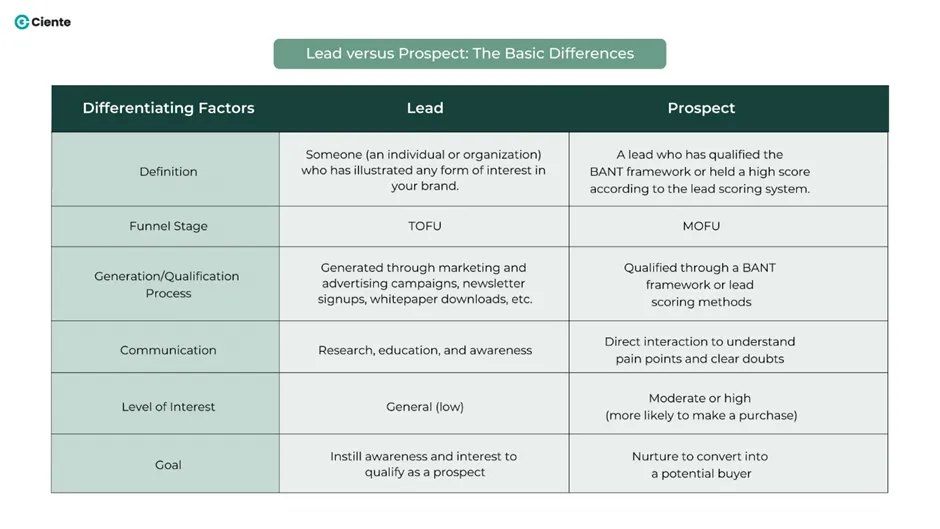
Every business wants to turn its leads into prospects. Most of them fall off, but the high-quality ones hold crucial weight. Even though the ultimate focus is on quality, the more the merrier.
How to convert a lead into a prospect?
1. Reach out to the lead
Conduct follow-ups through calls, emails, or a social media message. During this conversation, offer valuable details based on the initial interaction and their interest in the solutions.
2. Educate
Provide the lead with enough e-Guides, whitepapers, and eBooks that converse with the topic they’re interested in or highlight their pain points. This will establish your brand as the authority and further educate them regarding who you are.
3. Engage and assess
To engage on a deeper level, ask them about the challenges they’re facing and what they aim to attain (for themselves or the business). Continue asking them open-ended questions and actively listen to their pain points. This will help personalize your pitch later.
4. Illustrate the benefits of the solution
Highlight how your brand offerings can help relieve or overcome their challenge. There should be a clear advantage you can offer to them through your expertise. Focus on that.
5. Consistent follow-ups
Abandoning or ghosting the leads can build a negative customer experience. This could propel them to drop off rather than convert further.
After all, buyers aren’t mere revenue sources. They are entities with real issues and pain points. And you can aim to be their saving grace.
Understand where each potential buyer fits.
The entire B2B sales funnel is quite complex and intense. Even if we understand the different approaches, steps, phases, or strategies attributed to the funnel, it’s difficult to pinpoint every tiny detail.
Hence, understanding the differences between specific sales terms, such as leads and prospects, helps structure all these elements. Now you know how to generate leads or qualify prospects – such details contribute to the success of your brand.
The differences highlight the nuances present across a B2B marketing and sales process. It’s not merely one or two steps or just buying and selling. Studying where a lead fits into the sales funnel and where a prospect does helps outline how to approach and persuade them to convert.
It’s essential for tailoring communication and personalizing messages during lead generation – inbound or outbound. Overall, the focus is on what will boost conversion, increase loyalty, and provide value to your buyer- and that’s knowing where each buyer fits.

